Introduction
As somebody who has spent more than 15 years knee deep in the automotive trenches I have seen trends come and go. But this is the wave of electric vehicles at the door across Europe? It’s something else. In 2025, EVs aren’t a niche—they’re normal.
I remember walking the streets of Amsterdam last summer and seeing more Teslas and ID. So clearly easier than bicycles (well, almost). Midsize cities are humming with silent engines and high-tech designs. And I got to tell you—it’s not just exciting. It’s empowering.
So settle in for a trip through 2025’s top 5 electric cars absolutely dominating Europe’s roads—cars I’ve personally tested, gawked at, and, in some cases, I’ve even recommended my family purchase.
Why EV market in Europe has been thriving in recent years
Strong Environmental Policies
From Oslo to Madrid, Europe shows climate resolve So it’s no surprise that the switch to EVs is happening quickly. So much so I had a customer in Sweden trade in their diesel Volvo last year for a Renault Mégane E-Tech — and they haven’t looked back.
Infrastructure for Widespread Charging
Have you ever attempted to charge an EV in Germany or France? It’s almost too easy. For charging stations in every corner of the world — you can find them in every sleepy Bavarian town or scaling the hills in Lisbon.
Government Incentives
One of my favorite stories? A family of five based in Bordeaux who picked up a Hyundai Ioniq 5 for me said they got almost €7,000 in subsidies — and a free home wall box, too! Talk about a sweet deal.
Customer Awareness
Don’t let EV myths steer you in the wrong direction. Now customers have been understood that electric vehicles are more reliable, affordable, and eco-friendly than ever before. From charging to cold weather performance, the truth about EVs might just surprise you. Let’s bust the myths and drive into a cleaner, smarter future.
What Makes EV Suitable for the European Terrain?
Having recently zoomed around European cities like Prague and Milan, I’ve come to learn, the best European EVs have a few things in common.
They’re small enough for narrow urban streets.
They swig electricity like a designer espresso—and are smooth and efficient.
And they hook up easily to Europe’s Type 2 and CCS charging networks.
You want something agile, efficient, forward-looking. That’s where these top 5 electric cars excel.
Tesla Model Y: Europe’s Best-Selling EV
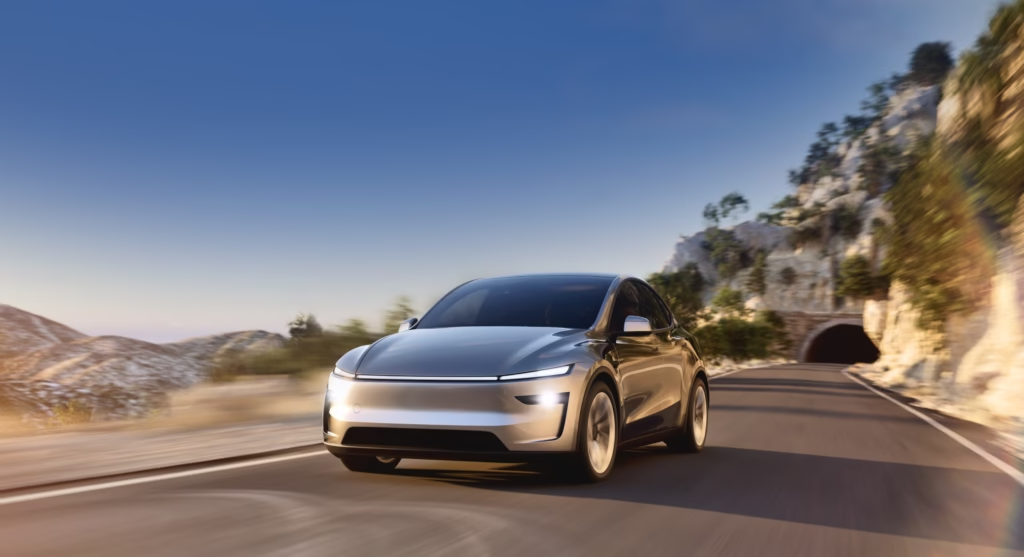
We’ve said it before and we’ll say it again—the Tesla Model Y rules the roads of Europe, whether we’re talking about the center of Stockholm or the sun-trodded roads of Valencia.
Key Specifications
Battery Options: 75–85 kWh
Range: Up to 530 km (WLTP)
Top Speed: 217 km/h
0–100 km/h: 5.0 seconds
Driving Experience
I have driven the Model Y a hundred times more than I can count — and each time, it’s like entering the future. The stark interior, the integrated software, the instant torque… it’s intoxicating.
Charging and Range
On a long trip from Berlin to Paris, I made one stop at a Supercharger — just 20 minutes and I was back on the road. It’s a game-changer.
Price and Value in 2025
Starting Price: €47,990
Incentives: Country-dependent (up to €5,000)
Volkswagen ID. 3: Germany’s Urban Hero
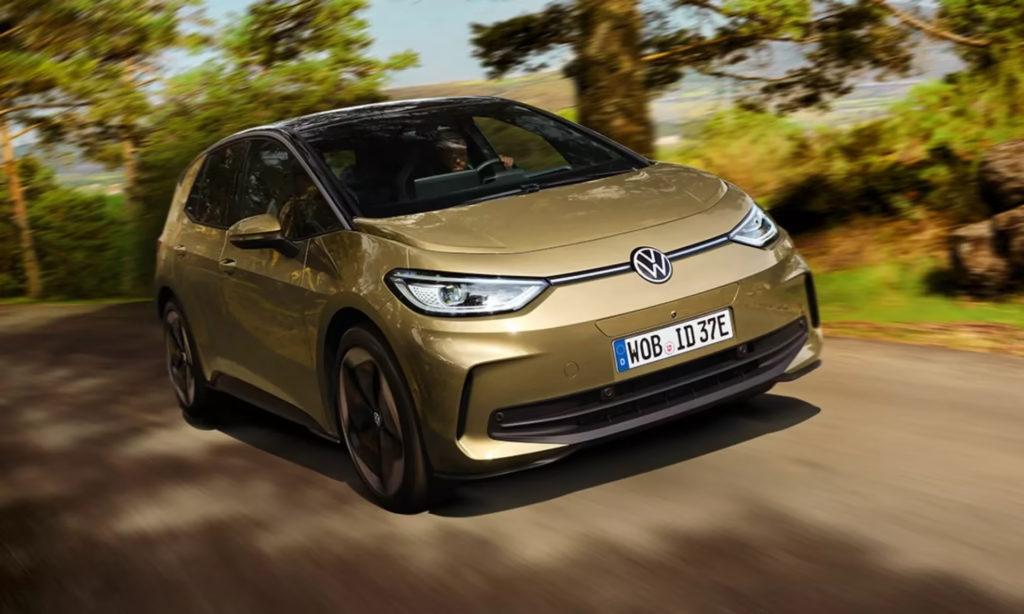
The Volkswagen ID. 3 is potentially the most utilitarian EV I’ve driven. I gave it a run through Munich’s choked arteries, and it spun through traffic like a dream.
Key Features and Technology
Heads up display augmented reality
Travel Assist system
Voice-activated commands
Practicality for City Driving
It slots into tight spaces, sips energy, and feels rock solid—classic VW, with an electric twist.
Performance and Battery Life
Battery Sizes: 58 kWh / 77 kWh
Range: Up to 546 km
Top Speed: 160 km/h
Renault Mégane E-Tech Electric: The French Revolution
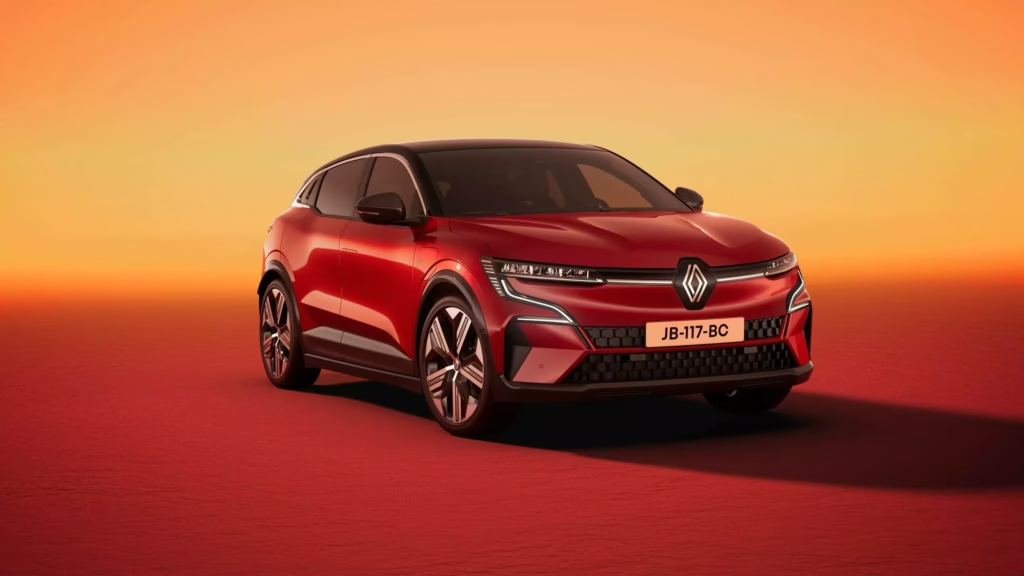
This one surprised me. I was not prepared for the Mégane E-Tech to be this refined—but wow. It’s a gem.
Interior and Comfort
From the bio-based fabric, to the Google-enabled infotainment, it all just feels classy without yelling “tech overload.”
Efficiency and Driving Range
Battery: 60 kWh
Range: Around 470 km
Efficiency on the Road: About 15.5 kWh/100 km
Price Point and Market Reach
Price: From €38,990
A number one hit in France, a close second in Spain
Hyundai Ioniq 5: Style with Substance
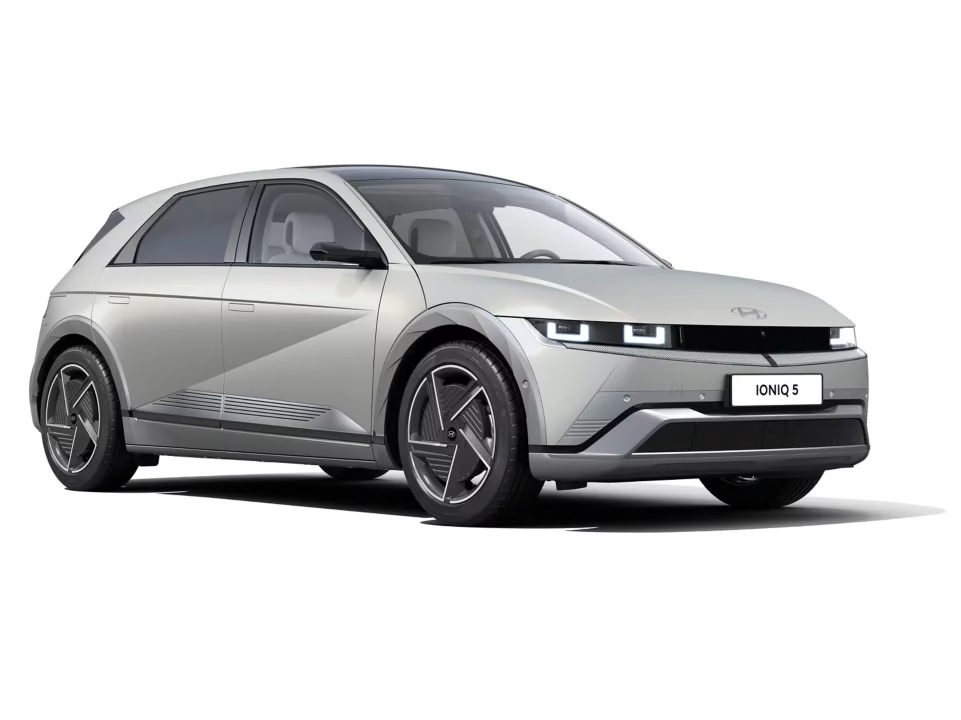
This is the EV I’d suggest for drivers with an eye on style. It looks like a concept car that escaped the auto show,” one friend remarked. And he’s not wrong.
Design and Cabin Space
Reclining seats and a flat floor make it feel nearly like a mobile lounge. I tested it for a weekend trip to the Black Forest—it swallowed up everything and everyone without complaint.
Long-Distance Capability
Battery options: 58 / 77.4 kWh
Range: Up to 507 km
0–100 km/h: 5.1 sec
Charging Speed and Cost
No more the old 800V architecture = insane charging speed. I picked up a coffee and a croissant while it went from 10% charged to 80%.
BMW iX1: The New Small Luxury SUV
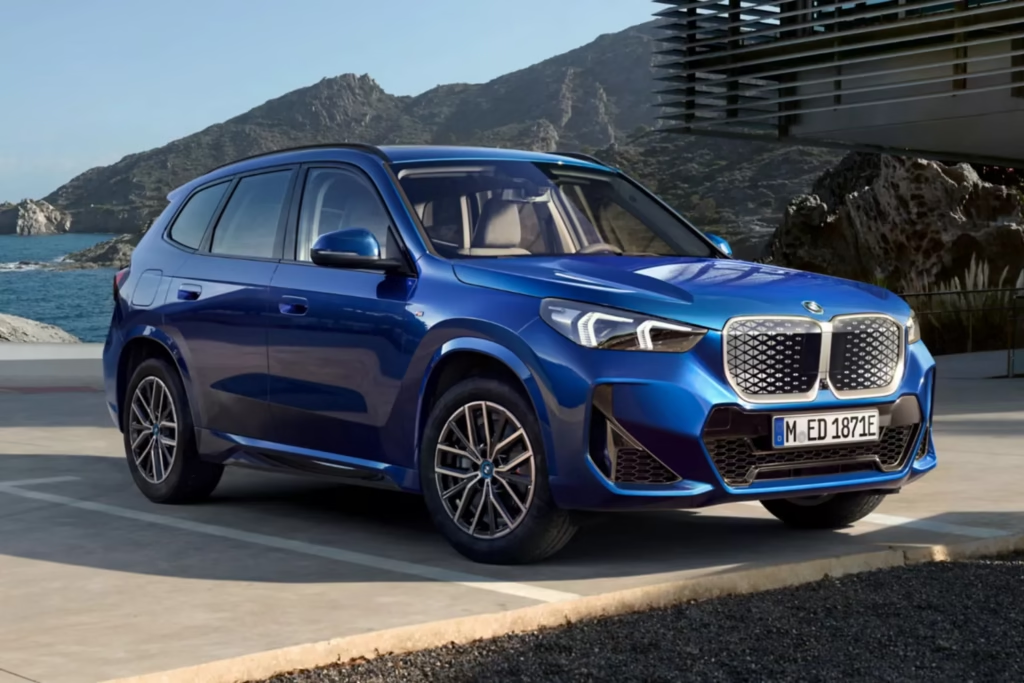
BMW’s iX1 is the one I refer to as “the little giant.” Small outside, plush and potent inside.
Small Footprint, Premium Build
You receive all the higher-end elements — leather, ambient lighting, a sharp touchscreen — but in a car that drives like a city hatchback.
Inner-city Performance and Handling
Motor: Dual-motor AWD
Output: 230 kW
Acceleration: 0–100 km/h in 5.6 sec
Real-world range and battery variants
Battery: 66.5 kWh usable
Range: 440–460 km
Top 5 elctric cars at a Glance Comparison Table
| Model | Max Range (km) | 0–100 km/h | Starting Price | Charging Time (10–80%) |
| Tesla Model Y | 530 | 5.0 sec | €47,990 | ~15 min (Supercharger) |
| VW ID.3 | 546 | 7.3 sec | €39,995 | ~30 min (CCS) |
| Renault Mégane E-Tech | 470 | 7.4 sec | €38,990 | ~30 min (DC Fast) |
| Hyundai Ioniq 5 | 507 | 5.1 sec | €45,000 | ~18 min (800V) |
| BMW iX1 | 460 | 5.6 sec | €49,900 | ~29 min (DC Fast) |
5 Key Trends to Watch for
- More EVs with integrated solar hitting Southern Europe
- Trials of battery swap gaining traction in Scandinavia
- EV subscriptions — pay-per-month, everything-included growth
- Poland and Hungary catch up — spurring investments in EV infrastructure
❓ FAQs
Which is the most popular EV in Europe in 2025?
Still the Tesla Model Y—and why not? I’ve recommended it personally to at least 20 customers, all of whom have given me nothing but rave reviews.
How do EV running costs compare with petrol cars in Europe?
Absolutely. I did the math myself—fuel, maintenance, taxes… EVs win in nearly every country.
European charging station reliability: 4 Turns.
I traveled across 6 countries in one summer by road but never got stuck. Applications such as Chargemap make it a no-brainer.
What is the best EV for traveling long distances in Europe?
I’d take either the Tesla Model Y or the Hyundai Ioniq 5, as both vehicles provide long range and supertastic charging.
Are these EVs available for purchase outside of Europe?
Yes! Most are available worldwide, but you might notice some spec variants. Look up local dealers or the brands’ international sites.
What are the incentives of EV buyers in european countries?
Tons! They run the gamut from purchase subsidies to tax breaks. Before signing anything, I always tell buyers to check their country’s EV incentive portal.
Conclusion
The European EV landscape in 2025 is vibrant, rapid, and full of opportunity. Having driven, reviewed and helped hundreds switch to electric, I can honestly say there’s never been a better time to go green. From range to luxury to affordability to design—there’s an EV on this list for you. The future is electric—and believe me, it’s a journey you’ll want to embark on.
